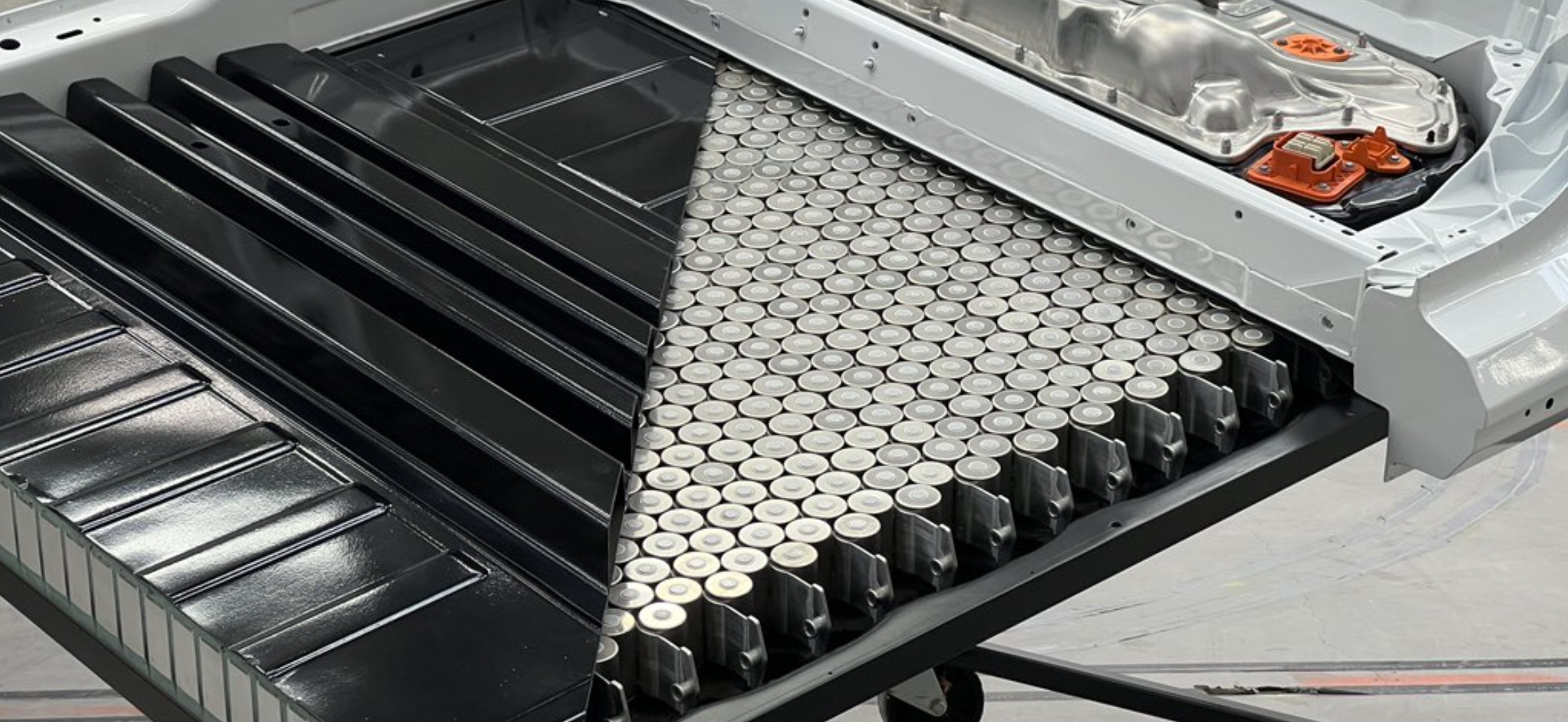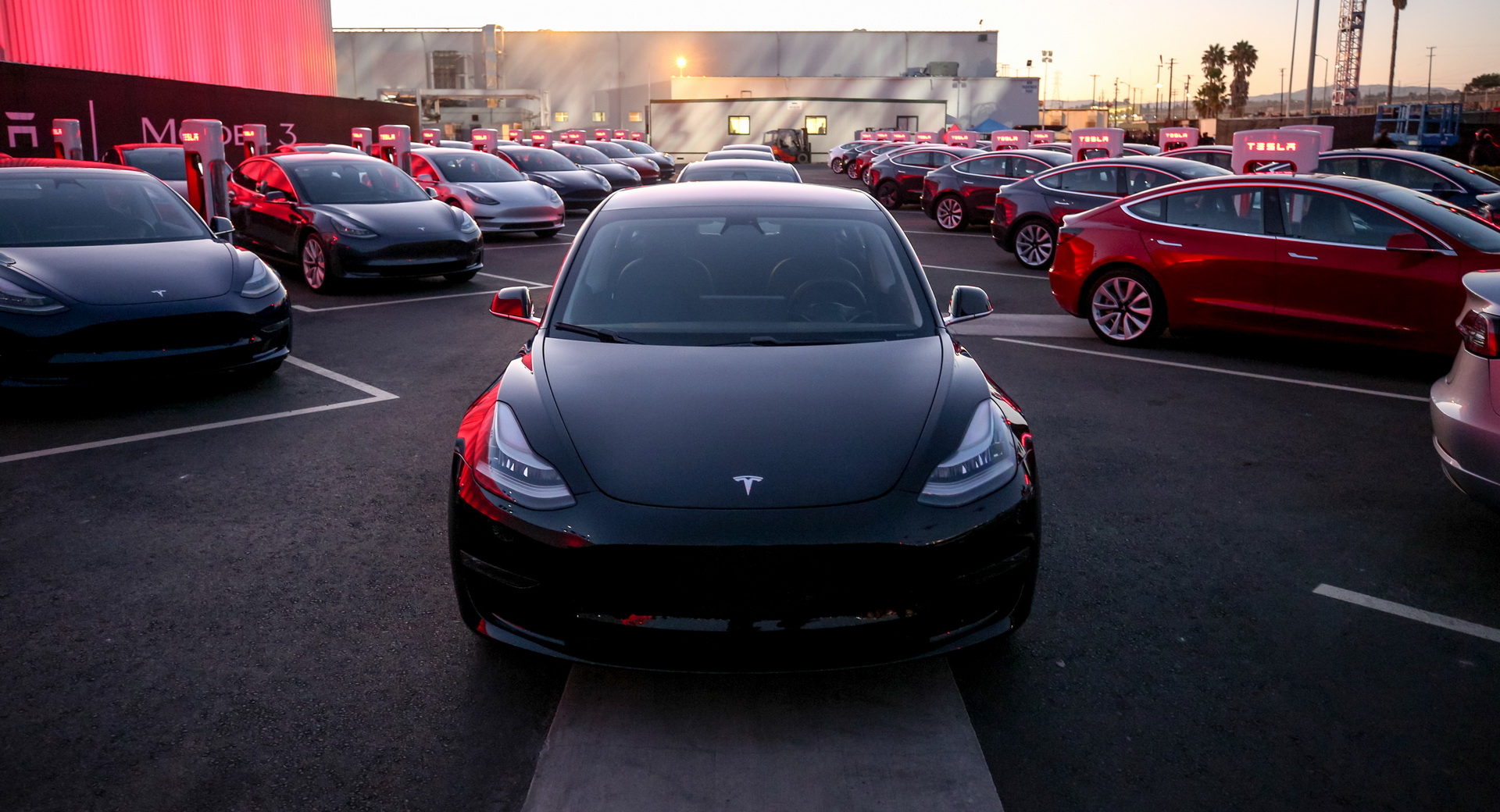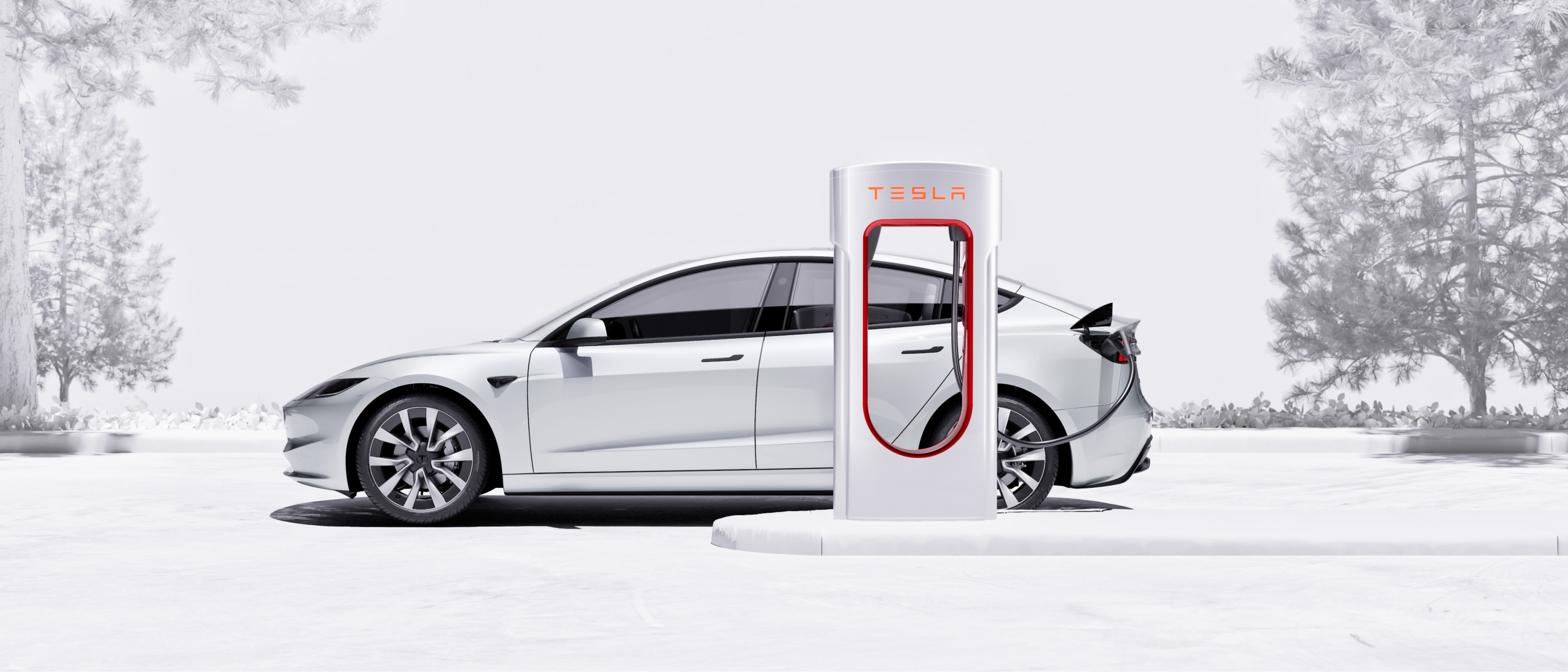Tesla experiences large-scale battery failures in the Korean market, with owners able to use only 50% of the battery capacity.
 Kevin WongOct 21, 2025, 03:51 PM
Kevin WongOct 21, 2025, 03:51 PM

[PCauto] Tesla recently experienced large-scale battery failure issues in the South Korean market, with the core problem centered around the BMS_a079 error code in the battery management system.
This malfunction forces the affected vehicles' maximum charging capacity to be limited to about 50%, reducing the typical driving range from 450 kilometers to 225 kilometers, severely impacting the users' daily driving experience.
According to South Korea's related authorities, as of September this year, a total of 4,637 Tesla electric vehicles have been confirmed to have this issue, mainly involving the 2020-2021 long-range versions of the Model 3 and Model Y.

The BMS_a079 error is caused by defects in individual battery cells
From a technical perspective, the root cause of the BMS_a079 error is the imbalance of the battery pack or defects in individual cells. Tesla's battery management system, for safety considerations, proactively limits the usable capacity of the entire battery pack.
This design stems from the basic operating principles of electric vehicle battery packs: a battery pack is typically composed of hundreds of cells connected in series. In a series circuit, the current is the same, but the overall capacity is constrained by the cell with the lowest capacity, a phenomenon similar to the "shortest plank" in a barrel.
When the capacity of individual cells is severely damaged, the battery management system's balancing capability cannot fully compensate for capacity differences. To prevent overcharging, over-discharging, and avoid thermal runaway risks, the system chooses to limit the overall capacity.

The safety protection mechanism of the battery management system also includes preventing chain reactions, as the failure of one cell may trigger cascading failures in adjacent cells.
By limiting the overall capacity, the system can reduce the operating intensity of the battery management system and slow the spread of faults. At the same time, this design ensures the relative accuracy of residual capacity estimation.
In terms of technical implementation, the BMS enforces capacity limitation by adjusting SOC display and available capacity, restricting charging and discharging power, and triggering charging and discharging cut - off thresholds in advance. Although this sacrifices some driving range, it ensures the safety and longevity of the battery system.
Why did Tesla experience a widespread battery failure issue in South Korea?
In South Korea, firstly, the failures are highly concentrated in specific batches of Model 3 and Model Y Long Range versions produced between 2020 and 2021, which may have used battery packs prone to cell imbalance.
Secondly, Tesla's sales in South Korea surged. By 2024, it had become the third - best - selling imported brand in South Korea. The monthly sales reached a historical high of 7,357 units in July 2025, significantly increasing the absolute number of affected vehicles.

Meanwhile, South Korea's strict EV subsidy policy is linked to the quality of after-sales service, and government regulatory pressure has intensified the exposure of the incident.
The issues with Tesla's after-sales service network in South Korea have also come to light. Tesla has only 14 service centers in South Korea, resulting in an average repair time of 23.4 days, with the longest repair case taking up to 926 days. This lack of service efficiency has further fueled dissatisfaction among vehicle owners.
Although Tesla has performed impressively in the South Korean market, the battery malfunction incidents have started to impact its market reputation. Data shows that Tesla's second-hand car prices have dropped by more than 3% month-on-month, and brand trust has been significantly damaged.
A Large Number of South Korean Owners File Lawsuits Against Tesla
South Korean car owners have reacted strongly to this issue and have gathered a collective petition with over 14,000 signatures, demanding that Tesla recall and replace the batteries free of charge.
Some owners have initiated a class-action lawsuit, seeking compensation equivalent to three times the repair costs. Tesla's current solution mainly involves replacing battery packs, offering free replacements for vehicles under warranty, while requiring owners of out-of-warranty vehicles to bear replacement costs of up to 30 million KRW (approximately 88,950 MYR).
Notably, more than half of the repaired vehicles are equipped with reused batteries that have been repackaged. These batteries are sourced from usable cells extracted from defective or returned battery packs. Some owners reported that even after replacement, issues such as reduced mileage and recurring fault codes persist.
Currently, South Korean government departments have intervened in the matter. The South Korean Ministry of Land, Infrastructure and Transport has launched a formal investigation and has stated that if defects are confirmed, it will mandate a recall.
The South Korean Ministry of Environment has warned Tesla that if the issue is not resolved properly, it may revoke the electric vehicle purchase subsidies it currently enjoys.

As electric vehicle owners, how can we slow down the degradation of power batteries?
For the majority of electric vehicle owners, this incident reminds us of the need to prioritize battery maintenance to maximize the avoidance of battery degradation issues.
Scientific charging management is the primary measure: prioritize slow charging and minimize the frequency of fast charging. Maintain the battery level between 20% and 80% during daily use to avoid prolonged extreme charge levels.
Temperature control is also critical. Avoid exposing the battery to extreme temperature environments. High temperatures accelerate the decomposition of the electrolyte, while low temperatures may trigger lithium plating.
Driving habits also affect battery lifespan. Smooth driving reduces high-current discharges, and proper use of air conditioning and other electrical devices is important. Regular maintenance includes inspecting the battery pack's exterior every 5,000 kilometers and checking the battery's health status every 1 year or 10,000 kilometers. If the vehicle is parked for an extended period, maintain the battery at 50%-70% charge and check and recharge periodically.
If any infringement occurs, please contact us for deletion
Trending News

BYD Sealion 7 is not only cheaper than Tesla Model Y, what other differences do they have?
Is it better to buy the BYD Sealion 7 or the Tesla Model Y? This really makes one a bit hesitant, but before you make a decision, I recommend you take a good look at this article.

2026 Toyota Hilux Travo released, the brand-new exterior and interior are highly anticipated
If you're considering buying a Hilux, honestly, the comprehensive innovations in the ninth generation are worth waiting for. While the current model might still have some advantages in terms of reliability and price, the new model offers significant changes in terms of exterior and interior luxury, tech features, and powertrain options.

Toyota Land Cruiser FJ did not disappoint, the most anticipated civilian off-road vehicle is back.
Since its birth in 1951 under the name Toyota BJ, the Land Cruiser series has accumulated sales of approximately 12.15 million units in over 190 countries and regions worldwide, becoming a global off-road icon spanning more than 70 years.

In Malaysia, which sliding door MPVs are available?
The numerous advantages of sliding door MPVs make many people fond of this type of vehicle. However, MPVs are not a mainstream choice in the car market, so many people might not know which MPVs are available domestically.

Should I choose the top-tier Toyota Corolla Cross, or the entry-level Fortuner?
Should we spend more money on a compact SUV, or add a bit more to buy a larger SUV? Although for many families, the 20,000 MYR price difference is not a small amount, considering that the number of family members may increase in the future, choosing a more practical and spacious car can save the trouble and cost of replacing a vehicle later on.
Popular Cars
Model Year
Car Compare
Car Photo

